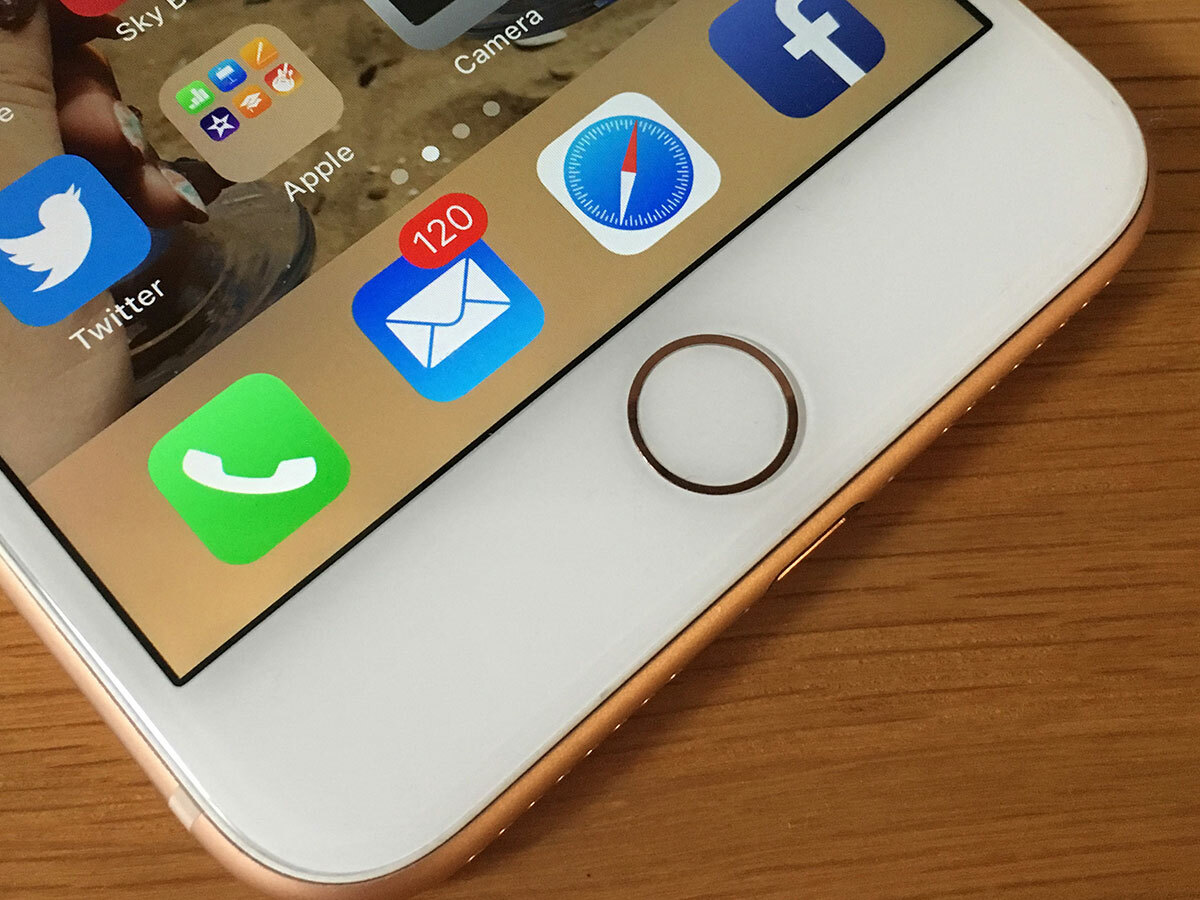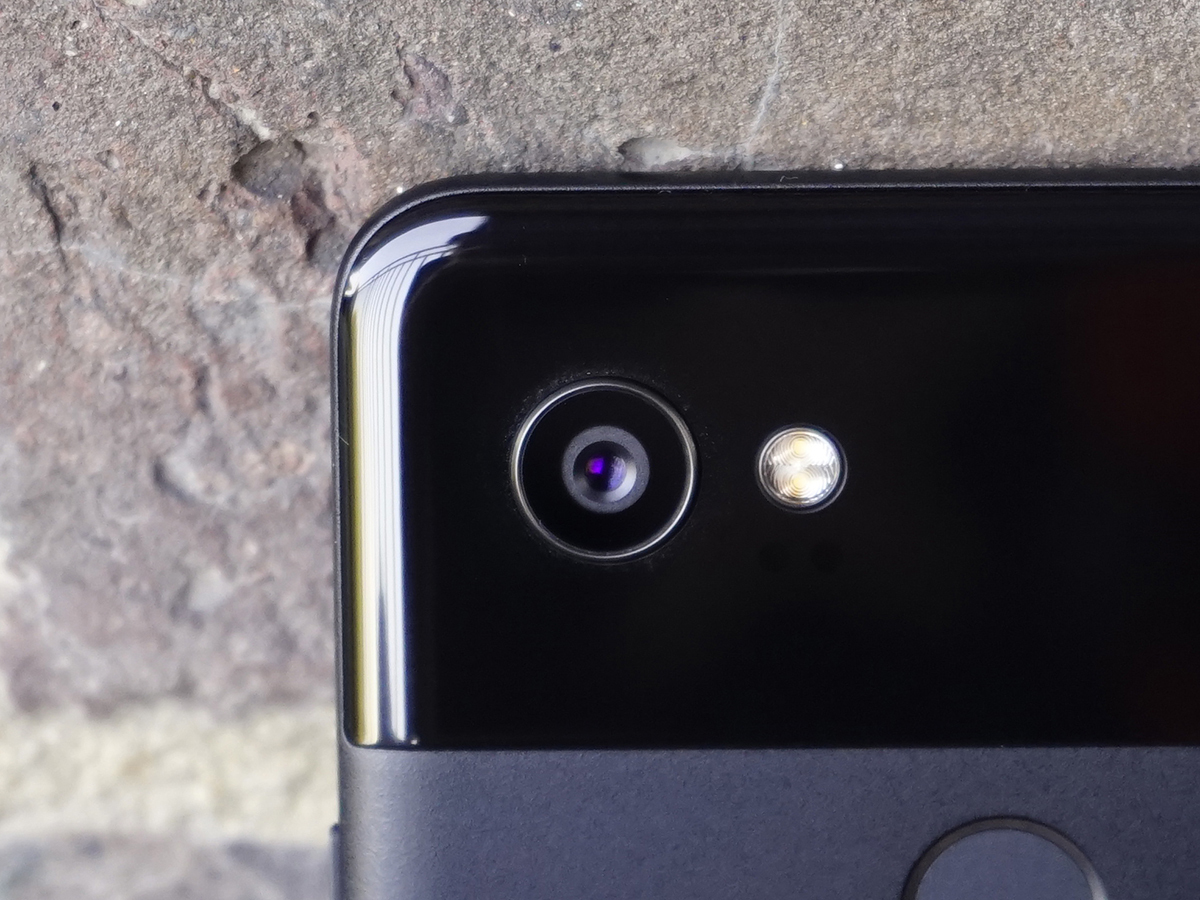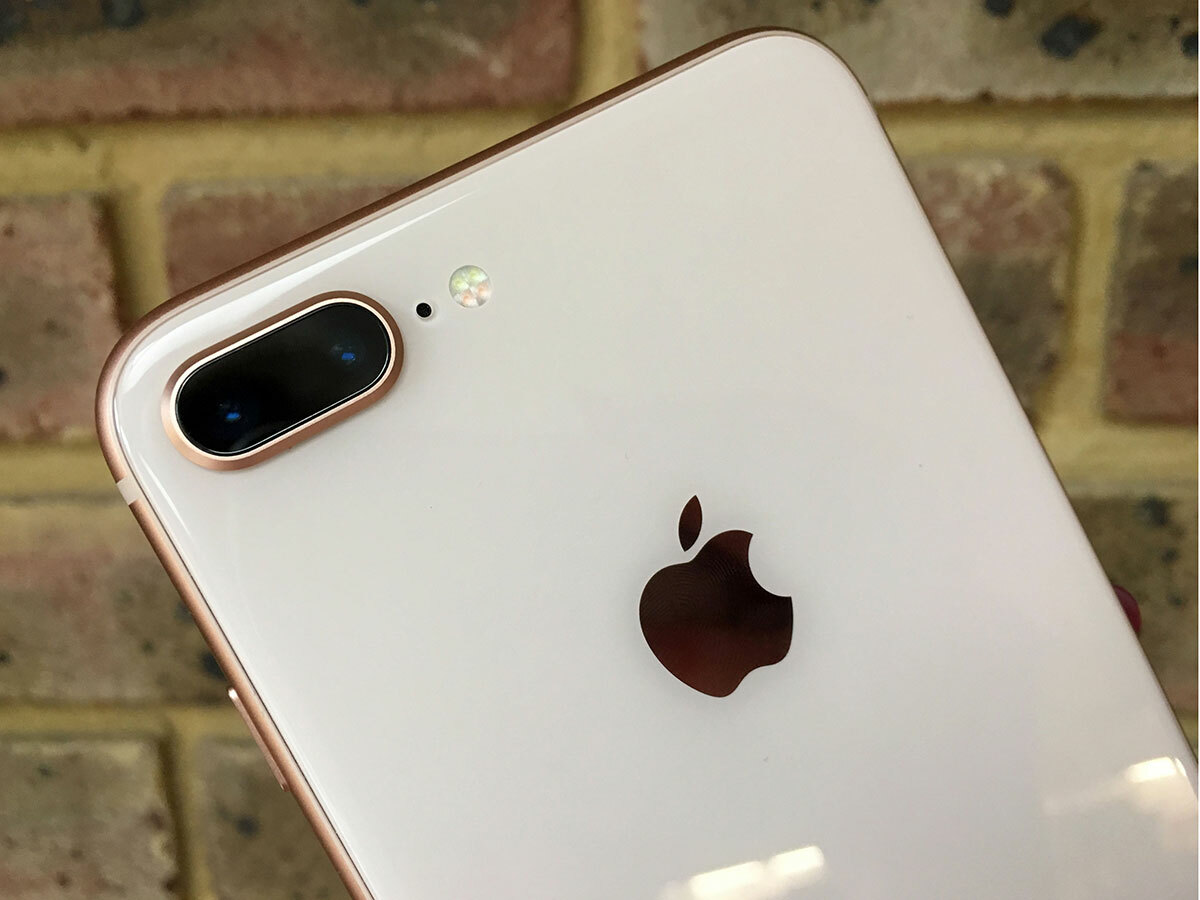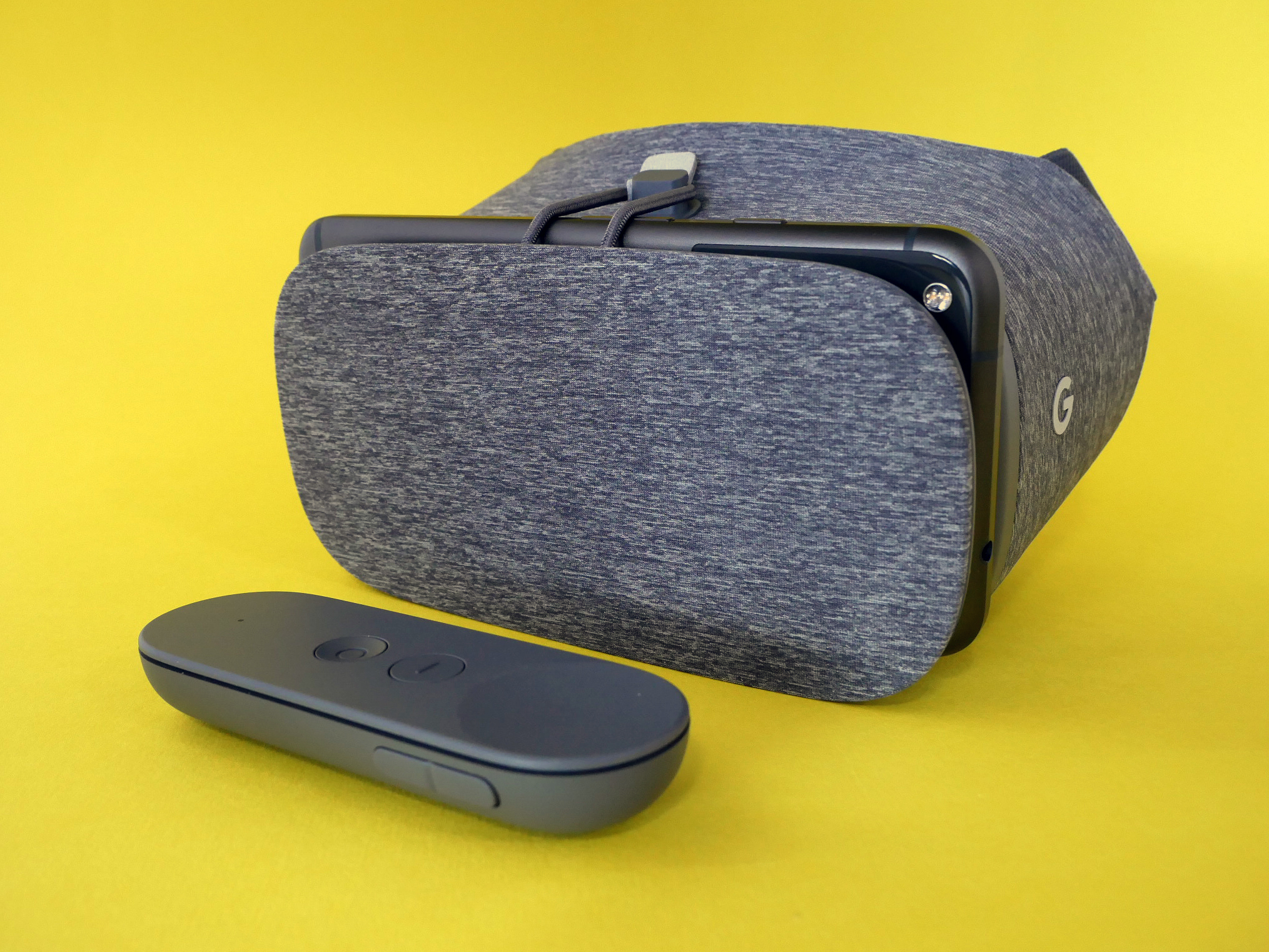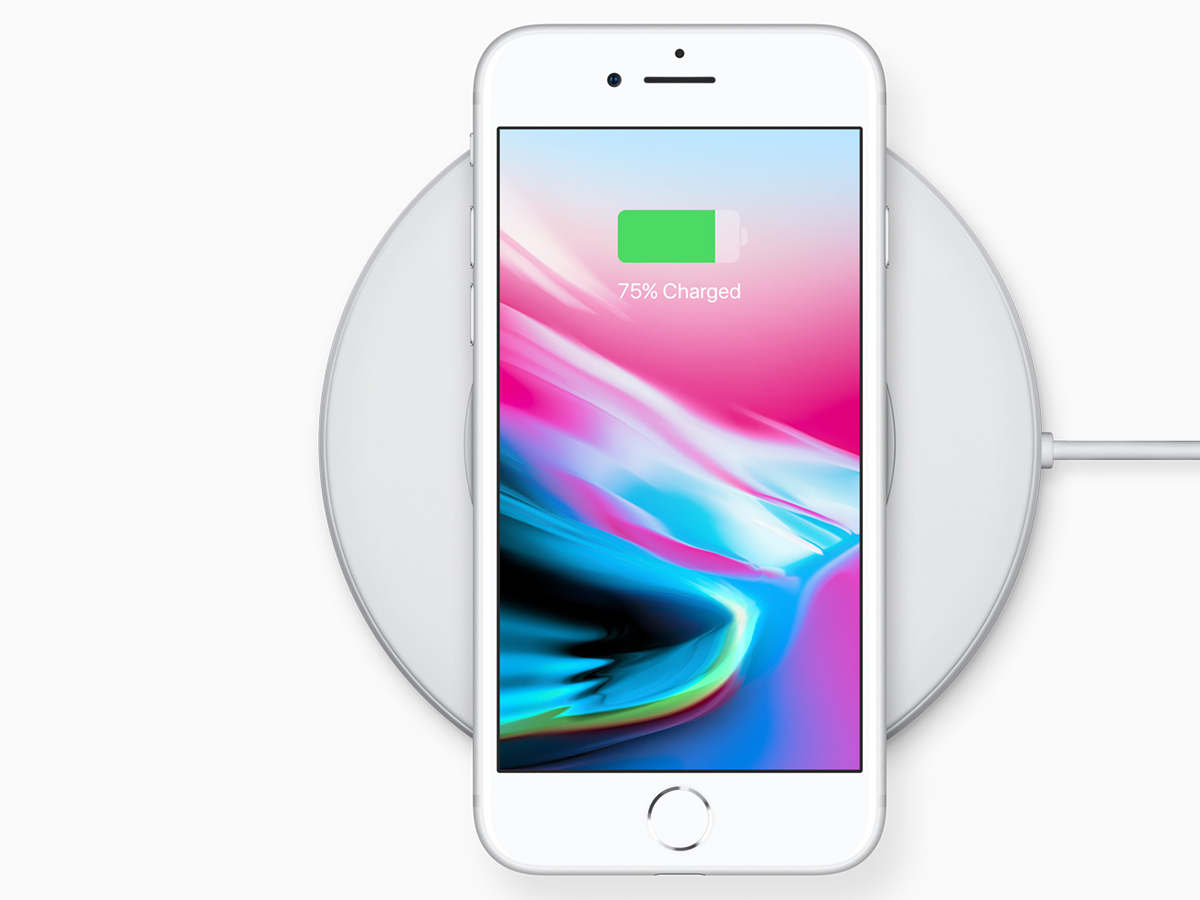Google Pixel 2 XL vs Apple iPhone 8 Plus: Which is best?
It's the battle of the titans all over again

When the Google Pixel and Pixel XL launched last year, they… well, they looked like iPhones. Dead ringers, aside from the fingerprint sensor moving to the back.
It wasn’t the most appealing imitation, but this time around, Google has changed its approach – at least for the larger model. The Pixel 2 hasn’t shifted too much, but the Pixel 2 XL looks totally different, taking cues from this year’s top Android flagship phones with a taller display that dominates the phone’s face.
In that respect, it’s close to the upcoming Apple iPhone X. But right now, the iPhone 8 Plus is the leader of that pack, sticking close to what worked before (and before, and before) while making some incremental upgrades. Did Google’s larger upgrades help it gain the upper hand this time around? Let’s compare!
Design: No longer identical
Have you seen a recent iPhone? Cool, then you’ve seen the iPhone 8 Plus – at least from the front. There’s no major difference here from the iPhone 6 Plus or newer models, and the minimal aesthetic lingers in a functional, but sort of tired state at this point.
At least it’s different on the back – slightly. Glass has been swapped in for aluminum, giving the iPhone 8 Plus a bit more flair than before, but the overall change is minor. It’s still a very familiar iPhone for the most part.
But the Pixel 2 XL doesn’t look like an iPhone anymore. On the front, it’s mostly big, beautiful screen. There’s a bit too much bezel here still, which is odd considering the Android competition (like the Galaxy S8 Plus), but it’s still a slick-looking handset.
And on the back, Google’s unique two-tone approach – with a glass cutout at the top – looks much sleeker than before, giving the handset a unique touch. Overall, we’re more taken with the Pixel 2 XL than a tweaked version of Apple’s three-year-old design.
Winner: Google Pixel 2 XL
Screen: Clear differences
Apple made very minor improvements to the iPhone 8 Plus’ screen compared to the iPhone 7 Plus from last year. It’s still a 5.5in 1080p LCD panel – plenty bright and quite clear, with great contrast. The one big enhancement this time around is the True Tone tech, which changes the colours based on your ambient lighting and provides very natural results.
But the Pixel 2 XL has a pretty strong advantage here with its higher-resolution Quad HD panel (2880×1440), which also has the OLED benefit of intense black levels and brilliant contrast. There are minor issues with it looking a little subdued on the home screen or a bit discoloured at sharp angles, but mostly it’s fantastic.
Winner: Google Pixel 2 XL
Also Read › Google Pixel 2 XL review
Camera: The best around?
Having a brilliant camera has become the defining feature of the Pixel line – but that’s also the biggest perk of the Plus-sized iPhones since last year’s move to a dual-camera setup.
The Pixel 2 XL packs in a single 12-megapixel shooter with a wider f/1.8 aperture, along with phase-detection and laser-assisted autofocus. And once again, it’s fantastic. Google’s phone stitches together multiple shots into one oft-wonderful result, with increased dynamic range over the original Pixel and typically great shots even in middling lighting.
On the iPhone 8 Plus, you’ll find a pair of 12MP sensors, with the main camera (f/1.8) packing in optical image stabilisation while the telephoto lens (f/2.8) still lacks it. The faster sensor over the previous iPhone means speedier shots, while the colour filter beings "deeper pixels" for enhanced dynamic range.
And the results are excellent. Meanwhile, the iPhone 8 Plus has its dual-camera tricks of the background-blurring Portrait mode (along with new Portrait Lighting) as well as optical-style zooming. But the Pixel 2 XL also has its own take on Portrait mode, which works rather well despite the single camera.
Overall, they’re very, very close in everyday quality, but we think the Pixel 2 XL has just the slightest of edges over the iPhone 8 Plus.
Winner: Google Pixel 2 XL
Performance: Speedy indeed
Both of these devices are snappy smartphone superstars, and you’d be hard-pressed to consider one more capable than the other. They’re both top-of-the-line devices running stock mobile operating systems that have been refined and enhanced over years and years. Of course they’re both speed demons.
In terms of tech, you’ll find the Qualcomm Snapdragon 835 in the Pixel 2 XL, along with 4GB RAM, while the iPhone 8 Plus has Apple’s own A11 Bionic chip with 3GB RAM. The Snapdragon’s been used in the OnePlus 5 and some versions of Samsung’s Galaxy S8, among other devices, and it’s right up there with the best Android chips today.
But Apple’s is faster: benchmark tests showed it hurdling over the Snapdragon in single-core and multi-core testing by a dramatic amount. While you might not see it while flipping through apps and answering emails, that extra horsepower could be handy for games and media and more down the line.
Winner: Apple iPhone 8 Plus
Also Read › Apple iPhone 8 Plus review
Battery and perks: Mixed results
Both phones offer up a strong day’s worth of battery life, although the Pixel 2 XL has the advantage when it comes to pure size: its 3,520mAh battery pack offers a nice premium over the 2,675mAh cell in the iPhone. However, the iPhone’s smaller, lower-resolution screen surely saves some energy consumption, so whatever difference there might be isn’t hugely significant.
Note that the iPhone 8 Plus is the only one of these with wireless charging, though: the Pixel 2 XL doesn’t offer that.
As for storage, these phones follow the same path’s: Apple’s traditional one. That means no external storage. So you can choose from 64GB or 256GB on the iPhone, and 64GB or 128GB with the Pixel 2 XL.
Google’s outfitted the Pixel 2 XL with pressure-sensitive Active Edge sides, which let you squeeze the phone to bring up the Google Assistant… and that’s it. At least Apple’s 3D Touch functionality on the screen brings pressure sensitivity throughout the OS and to all compatible apps, but it hasn’t really been a revolutionary addition to the iOS experience.
Lastly, Google has a VR platform called Daydream, which lets you strap the Pixel 2 XL into a Daydream View headset and enjoy immersive apps and games. After one year, it has a solid amount of worthwhile experiences – probably not enough to solely buy a phone for, but it could help sway you. Overall, though, we think this category is split between the phones.
Winner: Draw
Verdict: Pick the Pixel
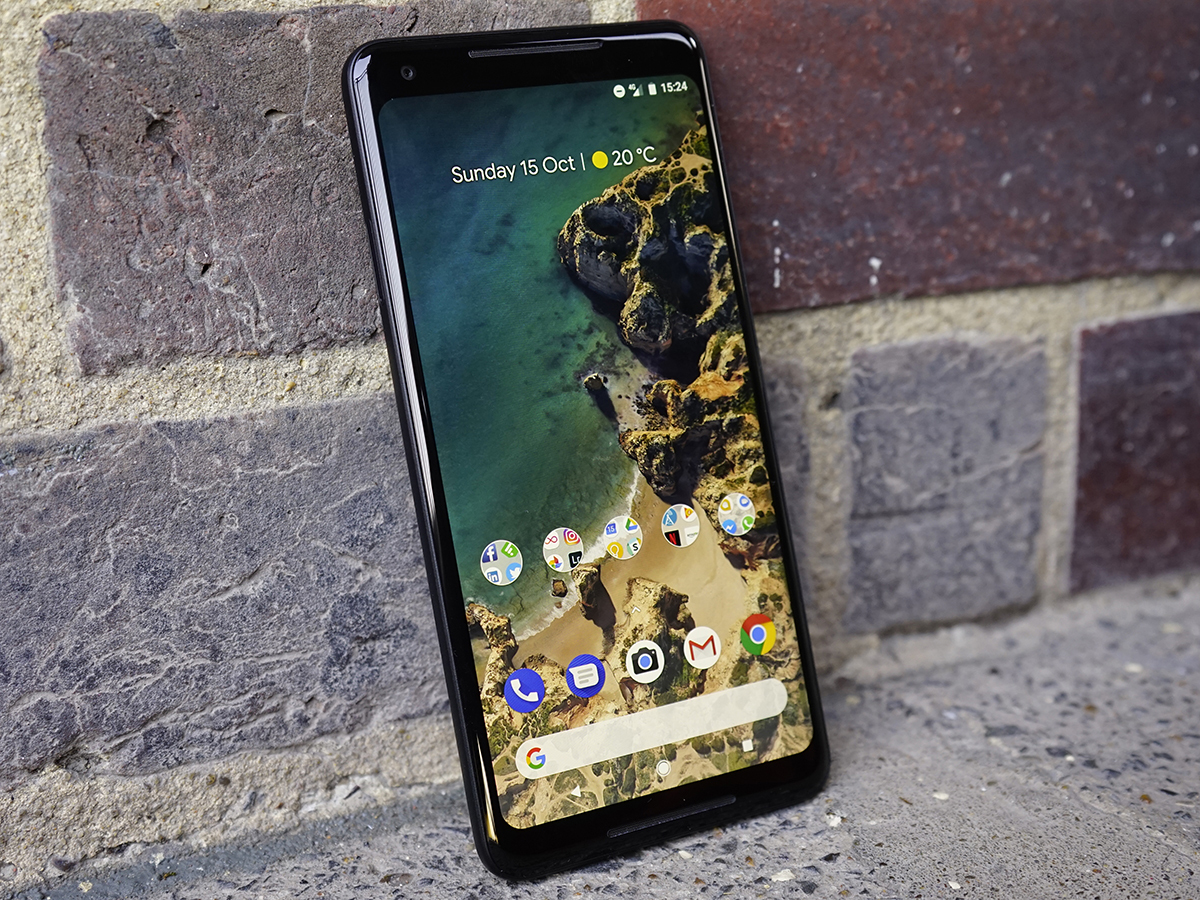
These are both excellent phones, but the Pixel 2 XL is a bit more premium and a bit more alluring overall. It has the (slightly) fresher design, the sharper screen, and a tiny edge in camera quality. Apple has extra raw horsepower within, while things like battery life, storage, and perks don’t show any massive gulfs between them.
In short, you can’t go wrong here. But if we’re spending £800 on a smartphone right now, we’re a lot more compelled to do so on the Pixel 2 XL. It just feels like the more exciting pick here, while the iPhone can’t help but feel a little tired – especially with the much-enhanced iPhone X right on the horizon.
And in our best smartphone ranking (as of this writing), we have the Pixel 2 XL only second to the Galaxy S8 – while the iPhone 8 Plus slots in at a respectable fourth place. There are a lot of reasons to go with an iPhone, from the speedy and straightforward iOS 11 to the app ecosystem, but we still think you’ll get more out of Google’s top offering.
Winner: Google Pixel 2 XL
READ MORE › The 10 best smartphones in the world right now



